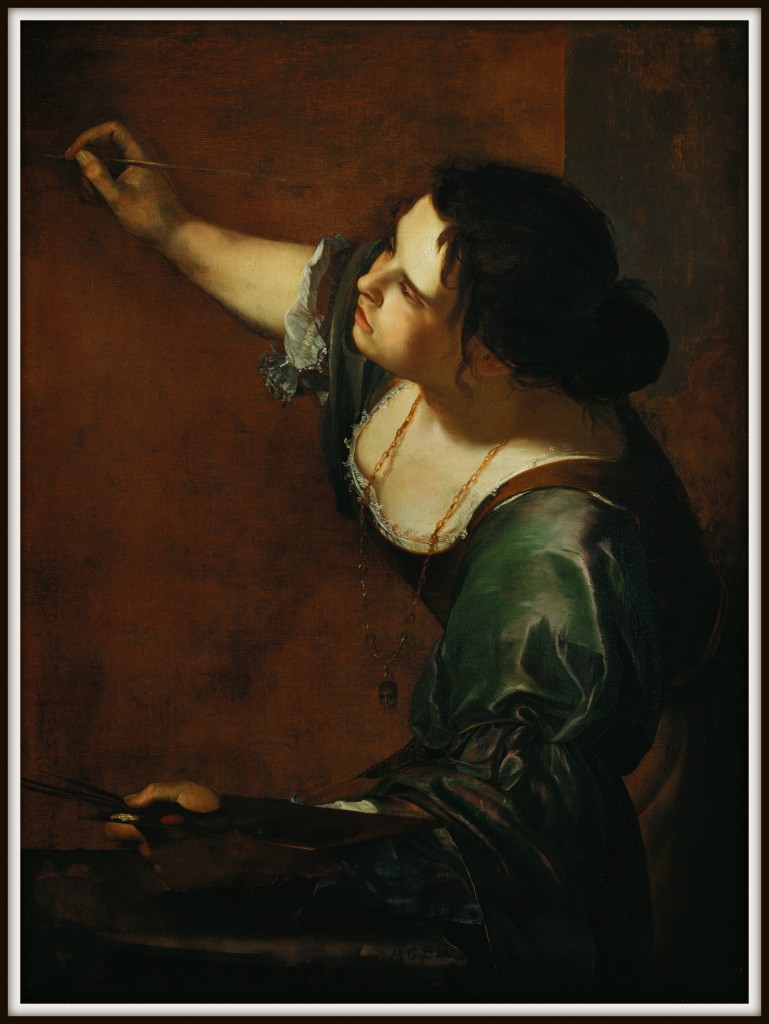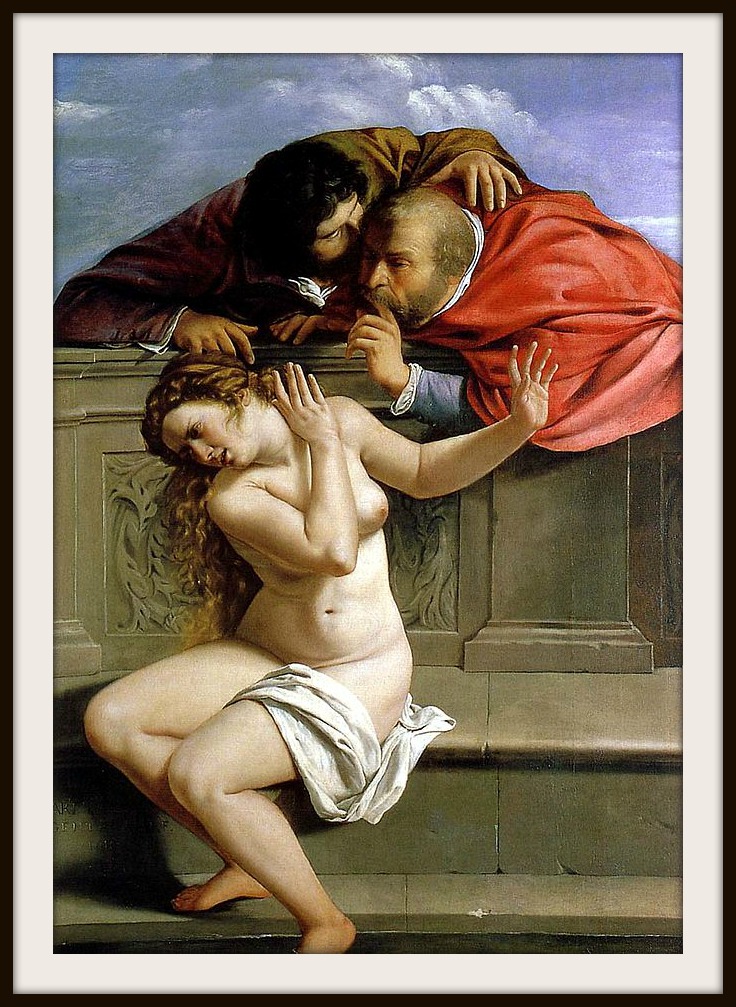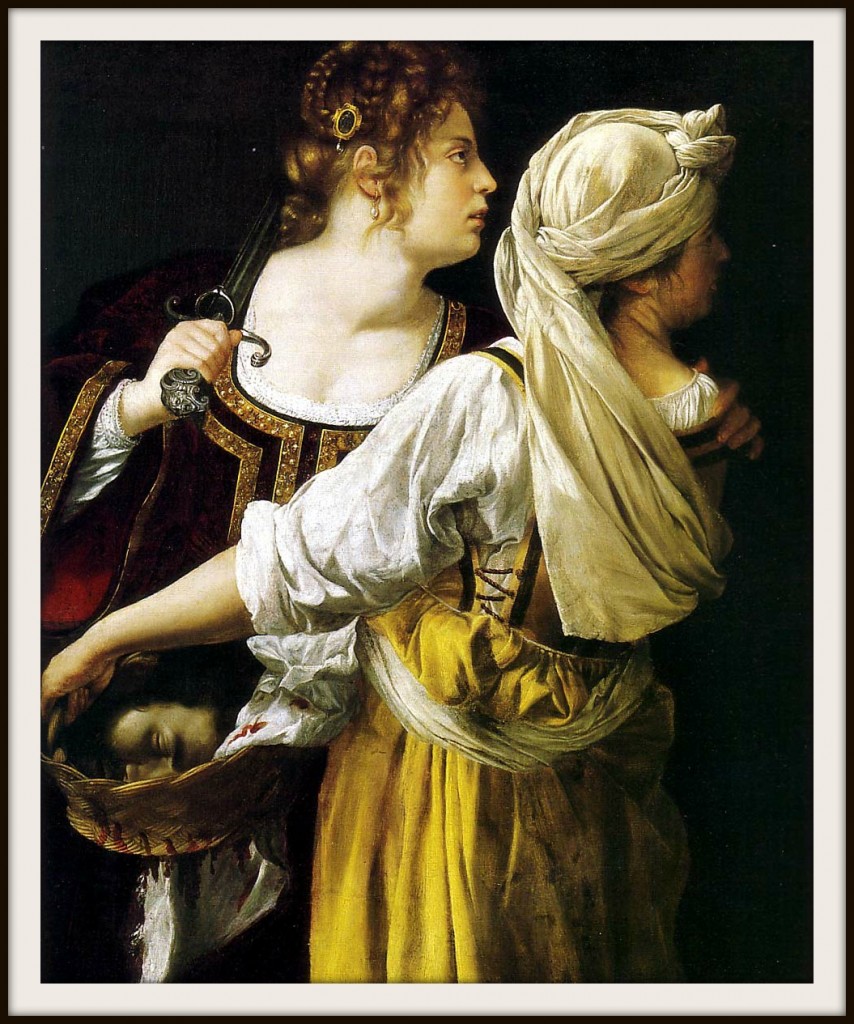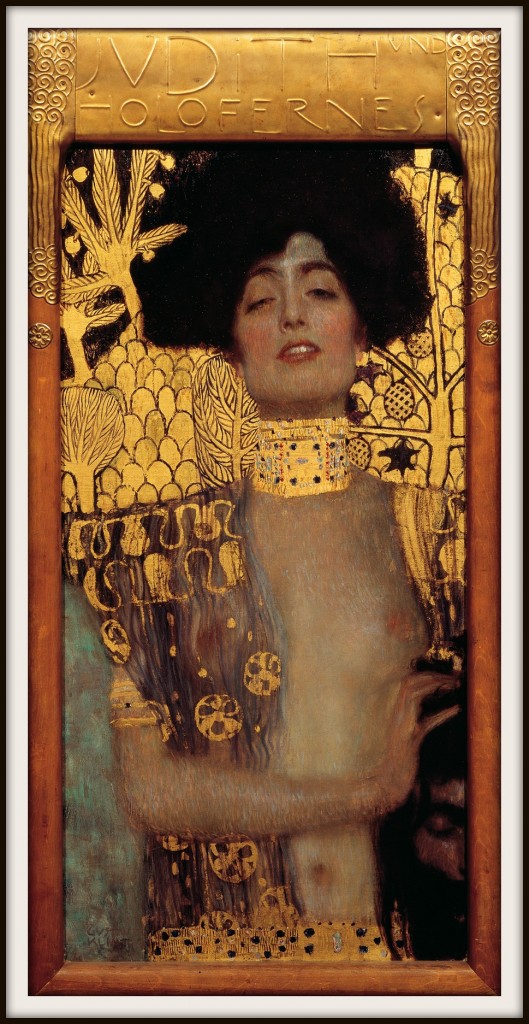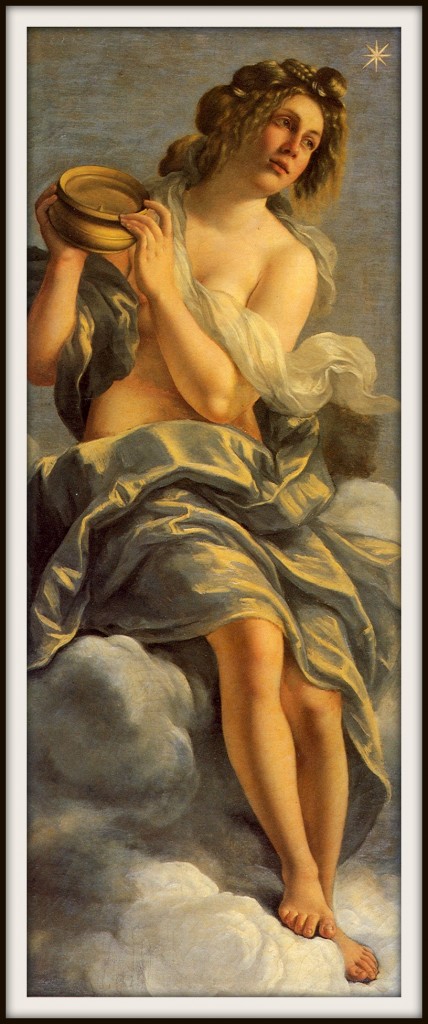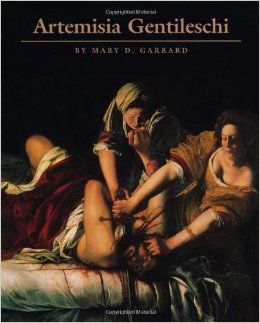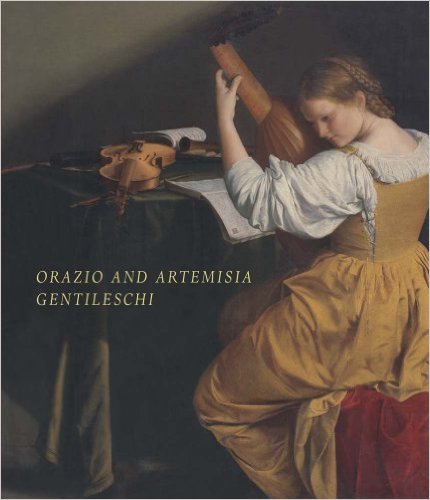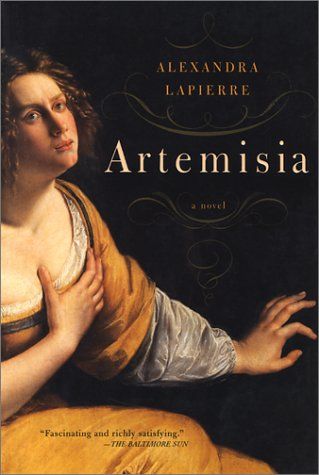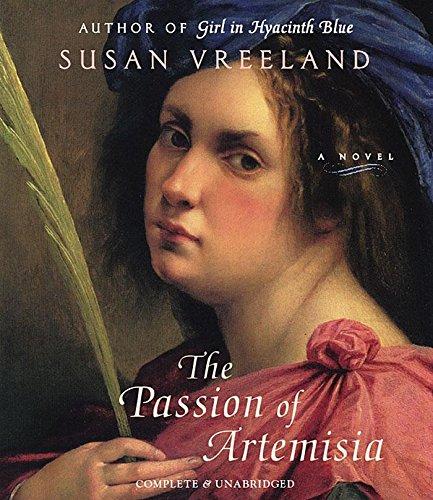There are people who define Artemisia’s life by the trauma she endured, it’s where they begin her story and where they return time and time again.
We aren’t those people. While her rape as a teenager must have influenced her, what this Master Baroque painter did after that is where we spend most of this episode. (We do suggest that an adult preview the audio of this episode before letting kids listen.)
Artemisia was born about 1593 in Rome to established painter Orazio Gentileschi and his wife Prudentia. Although she had brothers, Artemisia was the only child to not only have an interest in learning art from Orazio, but also the only one with talent.
As a girl, the only way that she could be taught the skills of the trade is through a family member, it just wasn’t something that young women could learn elsewhere. Artemisia’s training began very early and continued through her mother’s death when Artemisia was only about 12. Orazio’s fellow artists (accent on “fellow”), a rough-ish lot, were frequent visitors to their home and they also gave her painting pointers.
One such “friend” was Agostino Tassi who stalked out our girl and, one day when she was 17, attacked and raped her. According to 17th century Italian society, her honor and the honor of the family was gone with her virginity. But, lo! Tassi said he would marry her. It’s cool…
…except he was already married, a serial rapist, possible murderer and an overall skuzzball. When Oratzio realized that his daughter was not to become Mrs. Tassi, he sued Tassi for damages. The seven month court trial focused on Artemesia proving that he had forced himself on her.
Yeah, you read that right. Horrible. She was cross-examined over and over again, sometimes under torture; she was physically (and humiliatingly) examined in court and had to watch witness after witness lying. Ultimately Tassi was found guilty, got a wrist-slap sentence and was back, painting, within a couple months.
But by then Artemisia was married off to a Florentine painter and they had left Rome. With a fresh canvas of a life ahead of her, she dove into it as a professional artist. She was able to get commissions from very influential and well connected patrons fairly quickly. Her style: Realism with strong shadow contrasts, and her primary subjects were biblical or historical women in powerful positions.(More about the story of Judith and Holofernes)
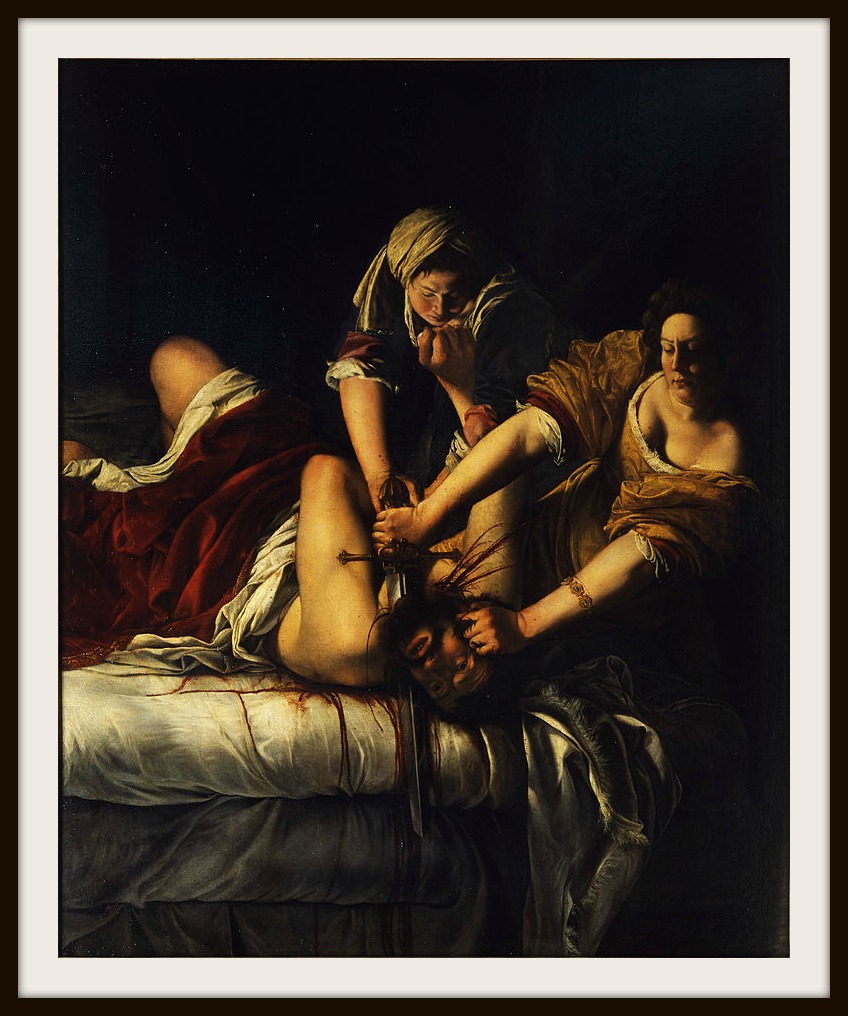
Her first post trial painting: Judith Slaying Holofernes, talk about a woman in a powerful position!
We spend the rest of the episode talking about her very long career: her work in Florence, Rome, Venice and even as far as England. She was big time famous- the first woman to be accepted into the very prestigious Academia del Disengno and known throughout Europe; her client list ranged from churches to nobles to kings.
We’ll tell you about her fame, her marketing methods, some of her paintings and the lifelong efforts she had to employ to keep herself working (efforts that she thought a man of her level of fame would not have to do.)

Self-portraits of her were common, but she was also a model for other artists Dumonstier,www.britishmuseum.org/collection. British Museum, 4/4/2017.Online. 4/4/2017.
Artemisia was a very well-known, working artist with a stellar reputation for over 40 years but her paintings and details of her life are still being discovered today. She didn’t sign all of her work, and for a long time, a lot of it was attributed to her father. Although even the date of her death is still a mystery–anywhere from 1652 -1656–her legacy as an artist, an intelligent woman kicking heiney in a man’s profession, and a woman who exhibited the very essence of feminism in her life and in her work make solving those mysteries all the more exciting.
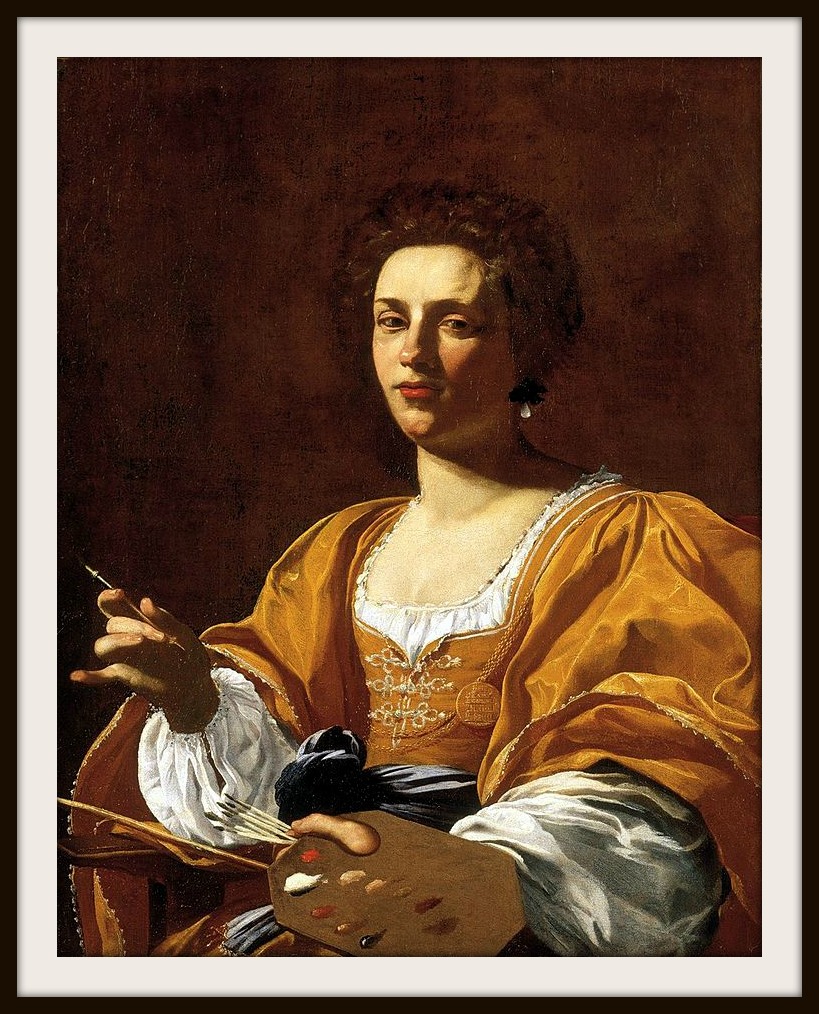
Artemisia Lomi Gentileschi by Simon Vouet 1623 Note the medallion, which refers to another Artemesia.
TIME TRAVEL WITH THE HISTORY CHICKS
Books!
Non-fiction:
Fiction:
Podcasts!
The Art History Babes podcast –4 grad students, wine and lively conversation about visual media. Go for the Artemisia, stay for the Frida (Kahlo…and a host of others) and learn something about art appreciation.
History on Fire Podcast, this will take you right to Caravaggio, Part One. So, so good.
Museums!
If you find yourself in Rome before June 5, 2017 go check out Artemisia Gentileschi and Her Times at Museo di Roma If you take a photo, post it on Instagram with #historychicksfieldtrip so we can live vicariously.
Given Fair Use we could probably post an image of Thomas Benton Hart’s Susanna and the Elders, but then you would look and move on, but if you click this, you will fall into a delightful rabbit hole of art from The Fine Arts Museums of San Francisco. We would never want to deprive you of that experience!
Websites!
Here are many of her paintings in one place with descriptions when you click on the thumbnails. Artemesia-Gentileschi dot com
The x-ray study-homage art piece of Susanna and the Elders by Kathleen Gilje. (Yeah, it’s cool, go look, we’ll wait.)
Intrigued about the “lost” Mary Magdalene that Beckett talked about? Here’s more on that on the History Blog; and for more about The Apocrypha, here is some on Rev. Ken Collins’ website.
More about the history of the Queens House, Greenwich where Artemesia and Orazio worked on ceiling pieces when she was in England.
Here is out Pinterest board for Artemisia…if you open it before you listen you can see the paintings as we talk about them.
Movies!
The 2010 documentary that Susan liked, you can stream it from this link, but just make sure you click on the $4.99 streaming option for it because the other is a tad steep. A Woman Like That
Or watch this one thinking, “where have I seen this guy before?”
http://www.dailymotion.com/video/x3kaw1m
Then there is the feature film…
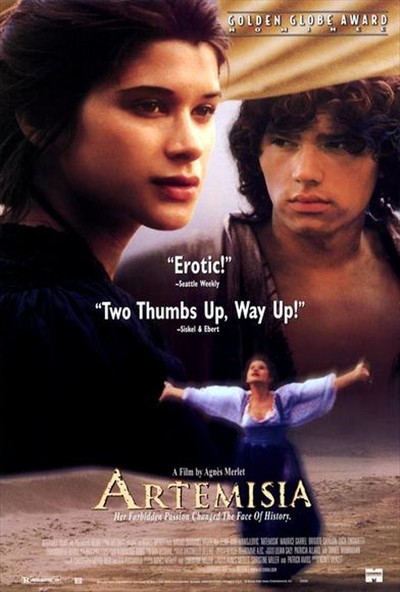
We”re kind of surprised that Siskle and Ebert gave it two thumbs up, maybe they didn’t know how far it veered from the real story…or didn’t care.
All we could watch was this trailer because the romanticizing of the relationship between Artemisia and Tassi made us feel really gross.
THIS is a much better way to spend your viewing time, an art history lecture at Portland Museum of Art by Jesse Locker that shows how her work is being verified and compare and contrast works of hers and other artists.

